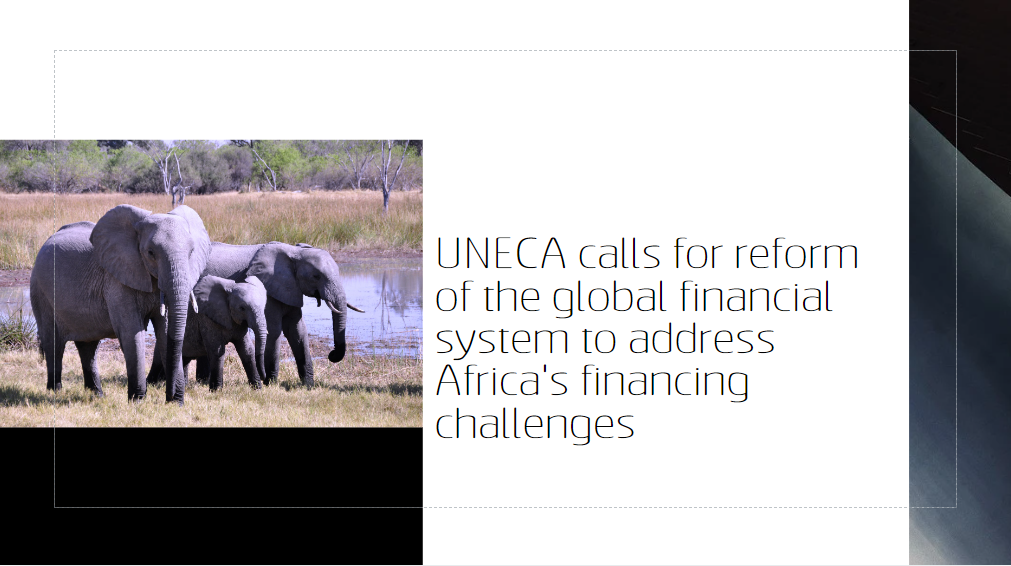Copper asset in Zambia a true gold mine
At the Lubambe Copper Mine in Zambia, Bwalya Mwitwa, a skilled mining worker, operates a cutting-edge dual-boom intelligent drilling jumbo. The intelligent drilling system monitors complex conditions in real-time, allowing him to adjust drilling angles and pressure levels with pinpoint accuracy.
The mine, a key asset with a long history and promising reserves, has been seeing increasing smart mining technologies applied after it was acquired by leading Chinese enterprise JCHX Mining Management Co Ltd in June.
Amid rising demand for crucial resources from countries and regions worldwide, the acquisition of the mine marked a broader effort by Chinese companies to secure raw materials critical for key industries, thus helping diversify supply chains and expand their global influence.
The Lubambe mine, which spans over 5,800 hectares, is designed for an annual production capacity of 2.5 million metric tons of copper ore. As JCHX takes the reins, more efforts will be made by the company to help enhance efficiency, technological upgrades and sustainable resource management.
Tim Duffy, Lubambe's former CEO, said he was looking forward to JCHX's entry to lead the mine, as fresh management strategies and opportunities for revitalization are expected to come with the move.
JCHX, which was listed on the Shanghai Stock Exchange in 2015, has long been known for its decades of expertise in non-coal underground mining, managing services covering the business of engineering, development and operation, offering one-stop solutions for its clients.
The company's expansion into mining resource acquisition, particularly the Lubambe Copper Mine, illustrates its pivot toward integrating mining operations with resource ownership, a strategy aimed at enhancing global competitiveness, industry experts said.
JCHX Chairman Wang Qinghai said that the company's initial foray into Zambia two decades ago marked China's first venture into international nonferrous metal mining operations, and today, JCHX is one of Zambia's largest employers among Chinese enterprises, underscoring its sustained commitment to the region.
The move also came at a time around the 60th anniversary of diplomatic relations between China and Zambia. As Zambia ranks as Africa's second-largest copper producer, the deal strengthens China's footprint in the region while bolstering local economic development.
"The company aims to optimize production efficiency and achieve sustainable resource development while creating employment opportunities and economic benefits for the local community," said Wang.
He said it is also representative of broader efforts by JCHX to expand mining services and resources, which are integral to the firm's international expansion. Beyond Zambia, the company has been actively diversifying its global footprint, acquiring assets in the Democratic Republic of Congo and Colombia.
As it navigates an increasingly competitive global mining landscape, Wang said that the company remains committed to aligning its business strategies with sustainable development and local community welfare. This includes investment in infrastructure, healthcare and education in project areas, as well as offering competitive wages and job training to over 4,500 local employees.
"Chinese companies are enhancing their international competitiveness and positioning themselves as key players in both China's Belt and Road Initiative and the global mining sector," he emphasized.
In recent years, copper demand has risen significantly. According to Wood Mackenzie, a global provider of data and analytics, the percentage of global copper demand coming from green sectors, such as renewables and electric vehicles, is predicted to double over the next 10 years from about 8 percent to about 16 percent.
Wood Mackenzie predicts that world copper consumption will rise about 24 percent year-on-year to approximately 32 million tons a year. To get on course for net zero emissions by around 2050, which is required for the Paris Agreement goal of attempting to limit global warming to 1.5 C, copper supplies will have to increase even faster.
A Goldman Sachs analyst also predicted that green sector use of copper had a 4 percent share in copper consumption in 2020 and this is expected to more than quadruple to 17 percent by 2030. It is estimated that a net-zero emissions pathway will create the need for 54 percent more copper on top of that in 2030.
Driven by China's emerging manufacturing, construction, electronics and renewable energy sectors, the country is one of the largest copper consumption markets globally.
Mao Jingwen, an academician at the Chinese Academy of Engineering, said that given the current global mining landscape and China's need to secure critical mineral resources, it is essential to deepen technological innovation and accelerate the implementation of going global strategy for overseas exploration.
"Strengthening domestic exploration and development to increase reserves and production of critical minerals is of great significance, as China remains highly dependent on external supplies for strategic minerals, especially for key resources like copper, lithium and rare earth elements," Mao said.
In recent years, the country imported over 70 percent of its copper and more than 80 percent of its lithium, which reflected its reliance on global supply chains, he said.
To address this dependency, Mao pointed out that while enhancing domestic resource recycling and expanding local reserves are crucial, "the most urgent task is to diversify sources of strategic minerals from different countries and regions."
Thanks to the BRI, large State-owned companies like China Minmetals Corp are heavily involved in overseas mining acquisitions, with private firms like JCHX having also become significant players in recent years.
MMG Ltd, a subsidiary of mining giant China Minmetals, finalized the acquisition of a large-scale copper mine in Botswana earlier this year. The new mine has copper reserves of over 6 million tons and mining rights covering an area of more than 4,000 square kilometers.
According to MMG, the acquisition is a critical move amid the company's resolve to improve its ability to ensure the supply of strategic resources and vigorously promote the increase of reserves and production.
The newly acquired copper mine was put into operation in June 2021, targeting an annual output of 60,000 tons of copper and 1.6 million ounces (45.36 tons) of silver. In addition, the long-life mine has both cost-competitive advantages and rich resource potential.
Peng Qiming, head of the China Mining Association, said in an interview that thanks to China's well-developed communications with economies participating in the BRI, many Chinese mineral companies are cooperating with leading global players to jointly develop mining resources overseas.





















































First, please LoginComment After ~